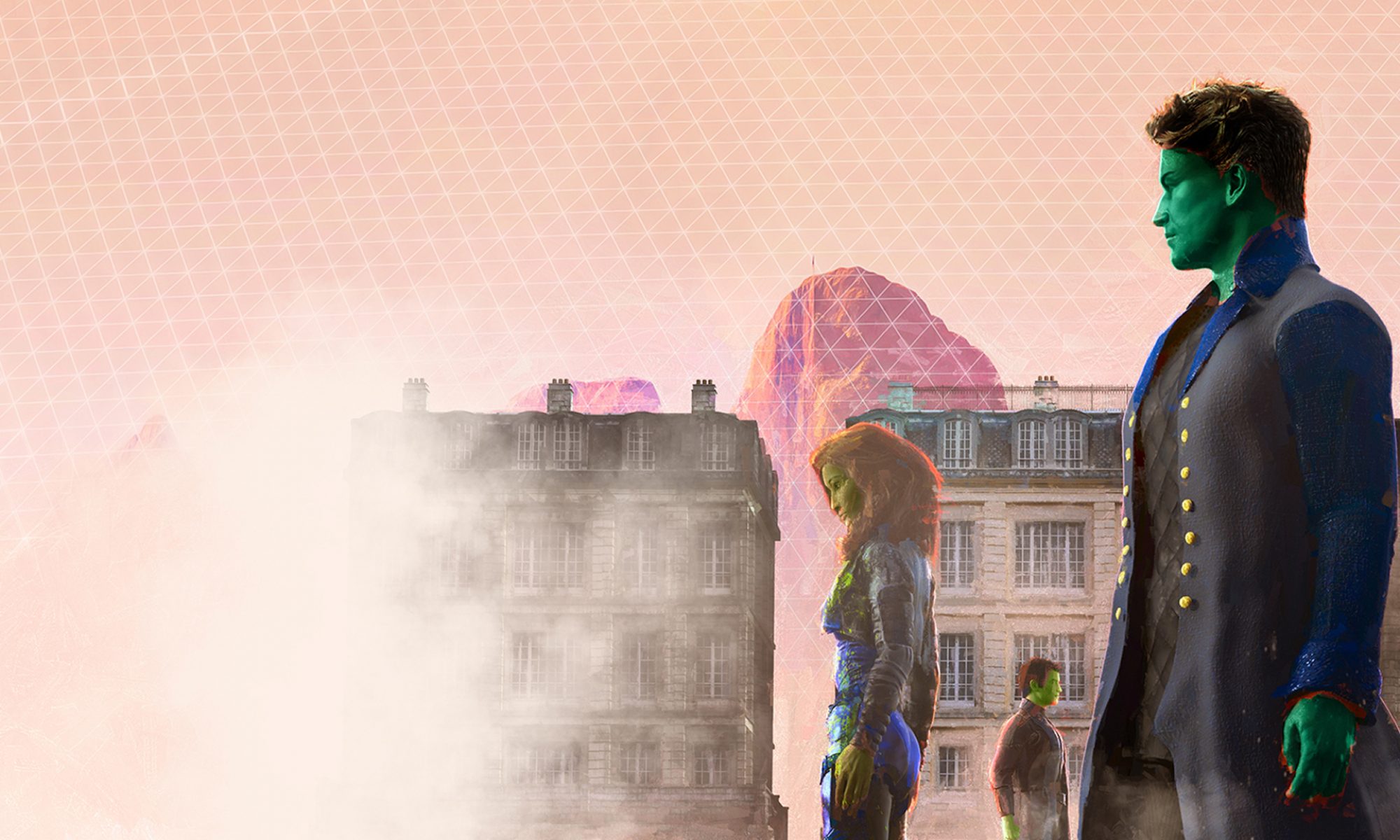Most of my research consists of reading, reading, and more reading. I follow up my reading with thinking about it and trying to find the connections. I can’t very well travel to Mars, nor can I go back in time to experience feudal England.
Today, however, I got to go out into the field. It was so exciting, which demonstrates what a low-key life I lead.

So where did we go? To Indian Echo Caverns in Hummelstown, Pa. Hummelstown is a charming little town outside the blazing sun of Hershey. It doesn’t get much press since the aroma of chocolate overpowers everything around. Nonetheless, there is plenty to do and see there.
Indian Echo Caverns is a fascinating system of limestone caves dug out by millions of years of water. It’s about a 15-minute drive from our house so it’s very convenient too. I wanted to go because my in-progress book, “The White Elephant of Panschin,” contains scenes set in a mine and cavern.
“Panschin” is the second book in my “Steppes of Mars” series. Only one character carries over from “The Bride from Dairapaska”: Airik, the daimyo of Shelleen. He’s very stressed, besieged on all sides about how and what the demesne needs to do, and he needed his own happy ever after.
He gets it when he travels to Panschin for the Biennial Mining Conference. Panschin is a free-city located far in the cold northern latitudes. The city was settled originally as a mining colony due to the extensive, accessible, and varied metal ores. The earliest settlers shivered under makeshift domes and moved underground into empty mining tunnels and the natural caves as quickly as possible. As time passed and the city grew, domes were built so the richer residents could live aboveground.
Currently, Panschin has six domes and it will be decades before the city can afford to build another. Despite the domes, much of the city’s worker housing is still underground in the tunnels. Some of these areas are quite skeevy. Others are, well, normal, considering the residents live 100 feet underground or more. The tunnels form a three-dimensional maze beneath the domes.
Much of the action in “The White Elephant of Panschin” takes place in Dome Two. I’ve got scenes that take place underground, and several settings to describe: the transtube system, the train station, the tunnel housing, and the abandoned shafts beneath the White Elephant.
I went to Indian Echo Caverns to get a feel for being inside a cave with two hundred feet of rock overhead. Pictures and text only go so far in knowing how you feel with the weight of the world pressing down on you. If you’ve never been inside a cave, it’s really different. The deeper you go, the more different it gets. Each cave is different from every other cave, too, so if you’ve visited one cave, you’ve visited one cave.
We were even more fortunate, in that Bill and I had an exclusive tour for two since we were the only two people who had purchased a ticket for our time slot. We could move quietly and not be distracted by others.

It was also damp. Water seeped from above, oozed through the walls, and formed puddles and ponds. By every light bulb was a demonstration of the persistence of life. Spores of mosses, algae, and lichens come in on the air and where there’s light and moisture, they will grow. The lights are turned off when not needed for a tour group that very minute so these mosses and algae grow in total darkness, except for a few irregular hours a day. But those few hours a day are enough. The mosses support a habitat of salamanders, although we were not lucky enough to see any.

It was wonderful to see real-life proof of concept of my idea of terraformers, the organisms used to terraform Mars for human habitation. Even better was hearing that, as in Panschin, Indian Echo Caverns has to scrape off the sweater of moss on a regular basis. This is exactly what I postulated for Panschin. The domes and tunnels provide the only remaining habitat for the terraformers as everywhere else, they are out-competed.
Next, a visit to one of Pennsylvania’s many coal mines. That should be quite different since a mine shaft is noticeably manmade, unlike the water-carved channels that formed Indian Echo Caverns.
We’ll also go deeper. We may go deep enough that the temperature starts to rise again. Indian Echo Caverns stays at a consistent 52 degrees year-round. However, once you tunnel below a certain depth, the air temperature slowly rises until it becomes uncomfortable. This is the geothermal gradient caused by radioactive decay, core crystallization and other things.
Isn’t geology wonderful? Airik Shelleen loves geology and rocks and I can see why. It’s a whole, new world yet easily missed unless you’re looking.


